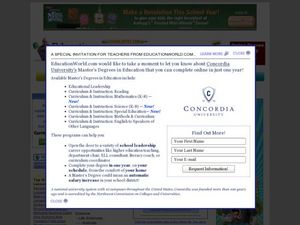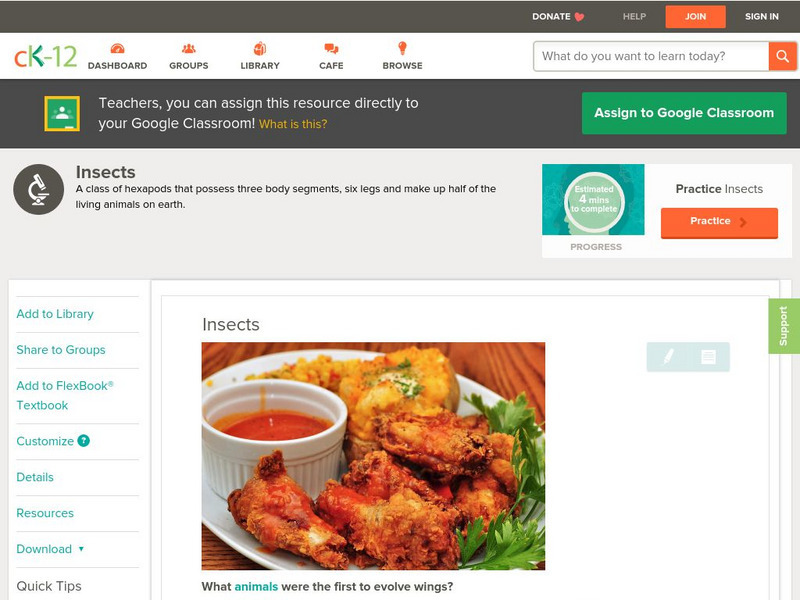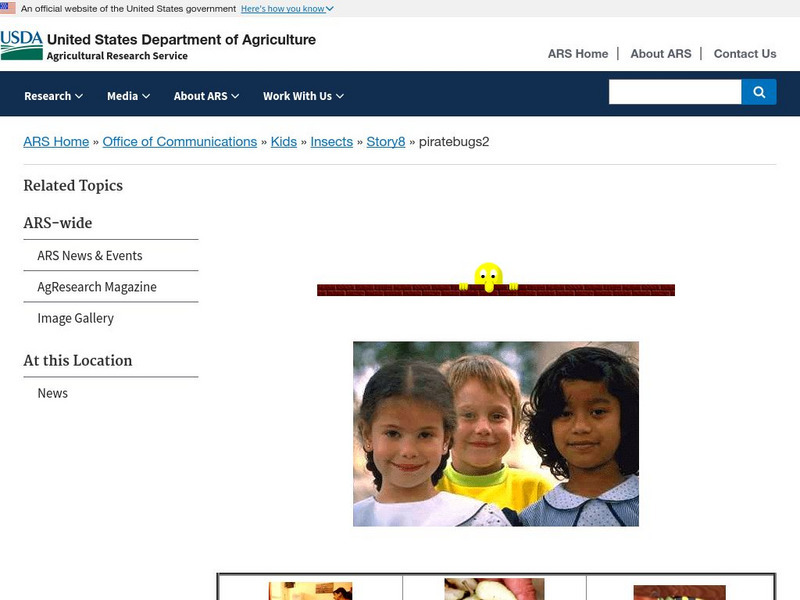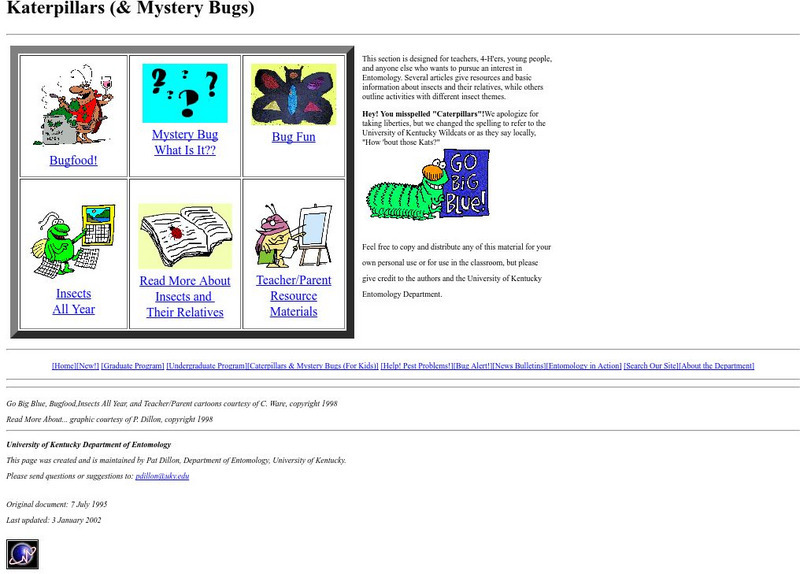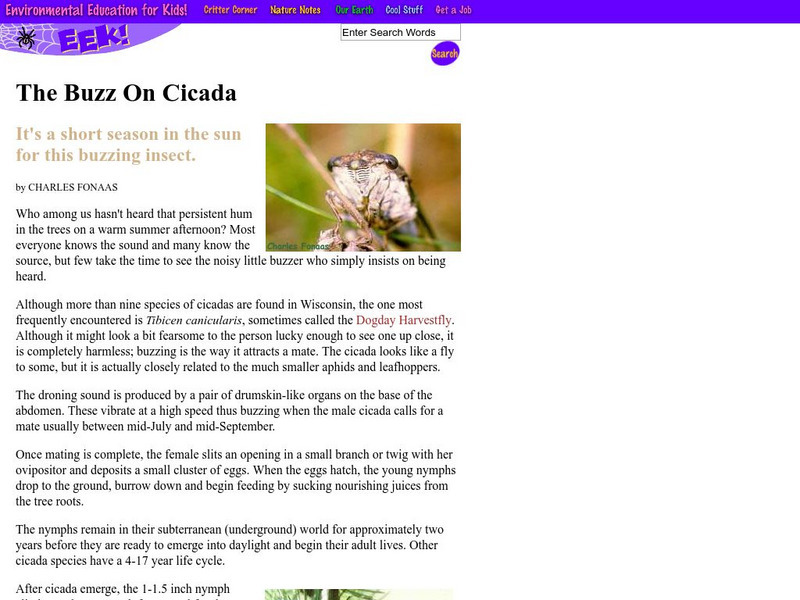Curated OER
Ant Farm
Students explore the value of insects in the natural world. In this insect lesson plan, students examine species of insects, collect and record data, and analyze the data.
Curated OER
Spiders Build Giant Web in Texas Park
Students make predictions about a photograph of a humongous spider web, then read a news article about thousands of spiders that worked together to build it. In this biology and current events lesson, the teacher introduces the article...
Curated OER
How Does Your Insect Move?: Graph
In this insect behavior bar graph worksheet, students will ask their classmates how their insect moves: does it walk, swim, fly or jump? Then students will record the responses to complete the graph.
Curated OER
Water Striders
Students analyze water strider behavior. In this water strider lesson, students study the movement and feeding behavior of water striders. Students catch water striders and then generate scientific observations.
Curated OER
Termite Lab
Students examine insect behavior in a lab activity. Students explore the idea of chemical specificity and the reactions of termites to a chemical found in their trail pheromone. Students watch a demonstration with termites before...
Other
Bugbios: Class Insecta
See pictures of many different butterfly wing patterns and read about the individual butterflies.
CK-12 Foundation
Ck 12: Biology: Insects
[Free Registration/Login may be required to access all resource tools.] Discusses characteristics of insects.
University of Michigan
University of Michigan Critter Catalog: Insects
A thorough site that provides a description of the characteristics of insects and then focuses on the insects of southeastern Michigan. Pictures, classification groupings, and sound clips of insects are included.
PBS
Pbs Learning Media: Bee Navigation
This video segment from NOVA: "The Mystery of Animal Pathfinders" explores honeybee communication and navigation. [4:45]
University of Kentucky
Read More About Insects and Their Relatives
This hyperlinked bibliography of resource books about insects is organized by topics that include insect societies, insect-plant relationships, general insects, behavior, history, collecting, development, fiction, and the like.
Environmental Education for Kids
Eek!: Insects
Discover everything you can about various species of insects including the cicada, the diving beetle and the mosquito.
University of Kentucky
University of Kentucky: Brown Recluse Spider
Webpage reference on the brown recluse spider which is more poisonous than a black widow and is more often found infesting homes and businesses.
CK-12 Foundation
Ck 12: Life Science: Insects
[Free Registration/Login may be required to access all resource tools.] Insects, with over a million described species, are the most diverse group of animals on Earth. They may be found in nearly all environments on the planet. No matter...
US Department of Agriculture
Us Dept. Of Agriculture: Agricultural Research Service: Not All Bugs Are Bad
Find out who an entomologist is and how they are using good bugs to control the population of bad bugs. Resource by Agricultural Research Service.
University of Kentucky
University of Kentucky: Insects All Year
The University of Kentucky provides information and activities about insects for each month of the year. Projects include art and observational activities.
University of Kentucky
University of Kentucky: "Katerpillars" (& Mystery Bugs)
For younger students, these insect-themed activities, treats, and crafts also feature teacher resources and book references.
Science Museum of Minnesota
Science Museum of Minnesota: Journey North Cluster
An elementary resource to learn about butterflies and their migration with links to a wide variety of activities.
Environmental Education for Kids
Eek!: Cicada
This site provides a brief but concise description of this interesting insect. Grades 4-8.
Michigan Reach Out
Reach Out: What Is an Insect
A thorough lesson plan site that explores the definition and characteristics of an insect. Contains several informative links. Suggests a number of hands on activities.
Other
Personal Site: The Virtual Insectary
This colorful site not only provides images of some common insects, but includes information on the foods which they eat as well as the habitats where they can be found.



